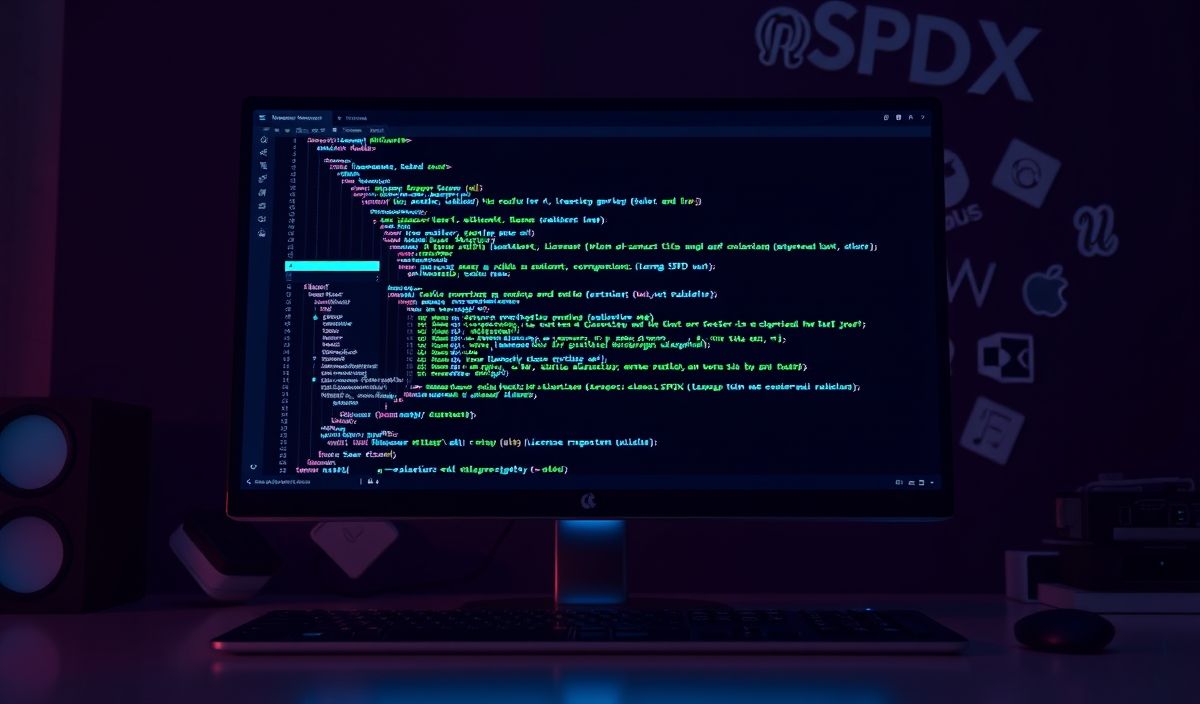Introduction to zope.interface
zope.interface is a prominent module in Python that provides an effective way to define interfaces for your classes, promoting better software design by adhering to the principles of abstraction and contract-based programming.
This package is particularly useful in large-scale or complex projects where clear contracts between components are essential. By implementing and verifying interfaces, you ensure that different parts of your application seamlessly integrate while maintaining code readability and maintainability.
Key Features of zope.interface
- Define clear contracts for classes using interfaces.
- Easily check and verify interface implementation.
- Supports component-based architecture and encourages code reuse.
Installing zope.interface
You can install the zope.interface library using pip:
pip install zope.interface
Defining Interfaces with zope.interface
The fundamental building block of zope.interface is the Interface class. Here’s an example of defining an interface:
from zope.interface import Interface, implementer
class IGreeter(Interface):
def greet(name: str) -> str:
"""Return a greeting for the given name."""
Implementing Interfaces
Once an interface is defined, classes can implement the interface using the @implementer decorator:
@implementer(IGreeter)
class FriendlyGreeter:
def greet(self, name: str) -> str:
return f"Hello, {name}!"
Checking Interface Implementation
Verify if a particular object or class implements an interface:
from zope.interface import alsoProvides, directlyProvides, implementedBy, providedBy greeter = FriendlyGreeter() print(IGreeter.implementedBy(FriendlyGreeter)) # True print(IGreeter.providedBy(greeter)) # True
Using Interface Invariants
Interface invariants are a way to add constraints that classes must satisfy:
from zope.interface import invariant, Invalid
class IGreeterWithAge(Interface):
def greet(name: str) -> str:
"""Greet a person."""
age = int
@invariant
def check_age(obj):
if obj.age < 0:
raise Invalid("Age cannot be negative.")
@implementer(IGreeterWithAge)
class GreeterWithAge:
def __init__(self, age):
self.age = age
def greet(self, name: str) -> str:
return f"Hello {name}, I am {self.age} years old!"
A Practical App Example
Let’s create a minimal app that uses zope.interface for defining its components:
from zope.interface import Interface, implementer
class ICalculator(Interface):
def add(a: int, b: int) -> int:
"""Add two numbers."""
def subtract(a: int, b: int) -> int:
"""Subtract two numbers."""
@implementer(ICalculator)
class SimpleCalculator:
def add(self, a: int, b: int) -> int:
return a + b
def subtract(self, a: int, b: int) -> int:
return a - b
def main():
calculator = SimpleCalculator()
print("Addition:", calculator.add(10, 5))
print("Subtraction:", calculator.subtract(10, 5))
if __name__ == "__main__":
main()
Conclusion
The zope.interface library is a powerful tool to make your codebase more structured, testable, and maintainable. Whether you are building an enterprise-level application or experimenting with Python projects, mastering zope.interface will significantly enhance your software development skills.




